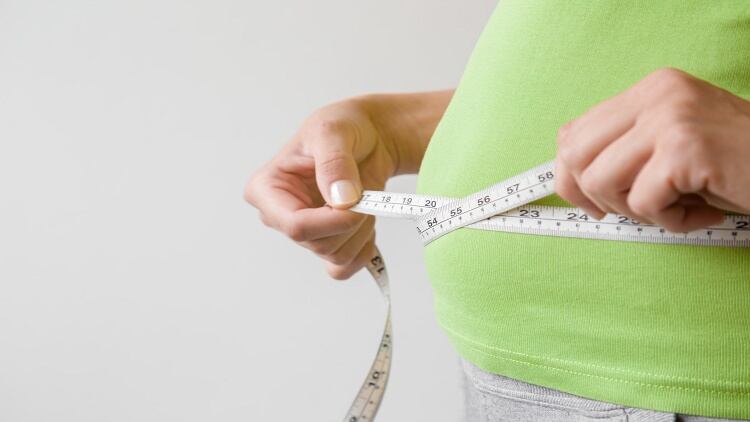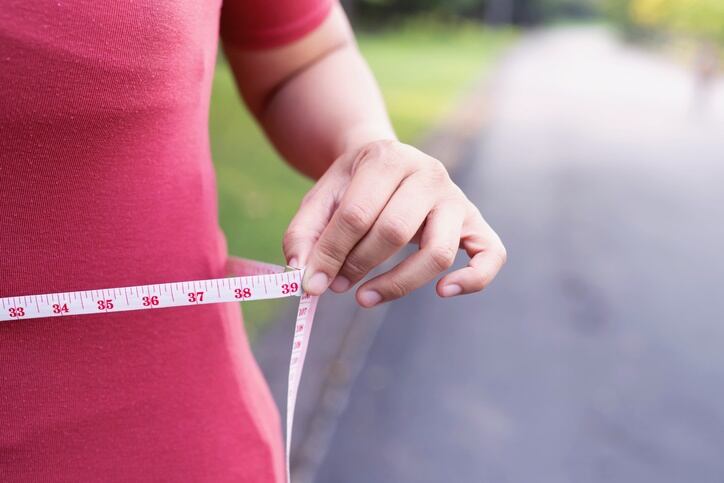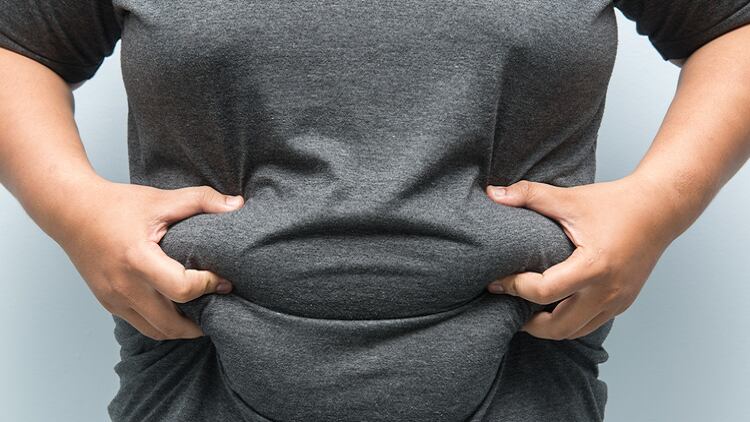The visceral fat area of those who took the ginseng went down from 85.17 ± 1.86 cm2 to 81.62 ± 2.35 cm2 by the end of the study.
In comparison, those who did not consume the botanical saw their visceral fat area increased from 83.03 ± 2.00 cm2 to 84.98 ± 2.63 cm2.
The RCT involved 80 Japanese overweight subjects between July and December 2019.
The research was conducted by Japanese firm Maruzen Pharmaceuticals – a company which manufactures and distribute herb extracts for health foods, pharmaceuticals and cosmetics.
The new finding builds on the company’s previous studies on how consuming Thai ginseng extract could suppress body weight gain, reduce body fat accumulation, and alleviate glucose intolerance in obese mice.
Thai ginseng (Kaempferia parviflora Wall. Ex. Baker), also known as black ginger in layman terms, is cultivated in South East Asia.
Containing flavonoids, including various polymethoxyflavones, it is traditionally used as a folk medicine to reduce blood glucose levels, improve blood flow, and increase vitality.
Findings by Matsushita et al and Yoshino et al also showed that supplementation of the extract could increase energy expenditure and fat oxidation in healthy humans, suggesting that the plant could reduce body fats via increased energy expenditure.
Study design
The 80 subjects were randomly assigned into the intervention and placebo group.
Their ages were between 20 and 64 and had a body mass index (BMI) of equal to or over 23kg m−2 and less than 30kg m−2.
They took either two capsules containing the 6mg of polymethoxyflavones purified from K. parviflora or placebo capsules during dinner.
After which, their visceral fat area was measured before the study, on the 8th and 12th week of the study
The dosage amount used in this study (12mg of polymethoxyflavones per day) was the amount used in the company’s previous study, which showed that visceral fats in the intervention group was reduced by 4.3cm2 ± 6 cm2.
Central obesity
Aside from visceral fat area, subcutaneous fat area and total fat area were also reduced in the intervention group by the end of the study. However, only the reduction in visceral fat and total fat area were significantly different from the placebo.
Amongst the intervention group, their total fat area was reduced from 320.31 ± 9.74 cm2 to 306.94 ± 10.59 cm2 on week 8 and 309.17 ± 10.67 cm2 on week 12.
The total fat area in the placebo group remained constant throughout the study at 316.47 ± 11.18 cm2 before the study, to 313.77 ± 11.00 cm2 at week 8 and 315.27 ± 11.38 cm2 by week 12.
In addition, there was a significant difference in hip circumference between the two groups.
Hip circumference in the intervention group went from 96.50 ± 0.71cm at baseline to 96.58 ± 0.80cm at week 12.
In the placebo group, this went from 96.34 ± 0.79cm at baseline to 96.74 ± 0.75 cm at week 12.
Pulse rate
There was a significant difference in pulse rate between the two groups by the end of the study.
Pulse rate of the intervention group went down from 67.8 ± 1.5 bpm at baseline to 65.4 ± 1.4 bpm at week 12.
For the placebo group, the pulse rate at baseline rate was 68.7 ± 1.5 bpm and went up slightly to 69.8 ± 1.4.
This was a significant difference between the two groups.
“The intake of Kaempferia parviflora extract reportedly reduces stress levels and promotes relaxation, as indicated by heart rate variability analysis. Therefore, we speculate that polymethoxyflavone purified from Kaempferia parviflora also reduced pulse rates by regulating autonomic functions,” said the researchers.
On the other hand, there was no significant difference in blood pressure measures between the two groups.
“Continuous ingestion of polymethoxyflavone purified from Kaempferia parviflora for 12 weeks was considered safe; however, to effectively assess its safety, longer periods of intake and higher doses are required to be studied,” the researchers concluded.
Source: Food and Function
Polymethoxyflavone purified from Kaempferia parviflora reduces visceral fat in Japanese overweight individuals: a randomised, double-blind, placebo-controlled study
https://doi.org/10.1039/D0FO01217C
Authors: Susumu Yoshino, et al





